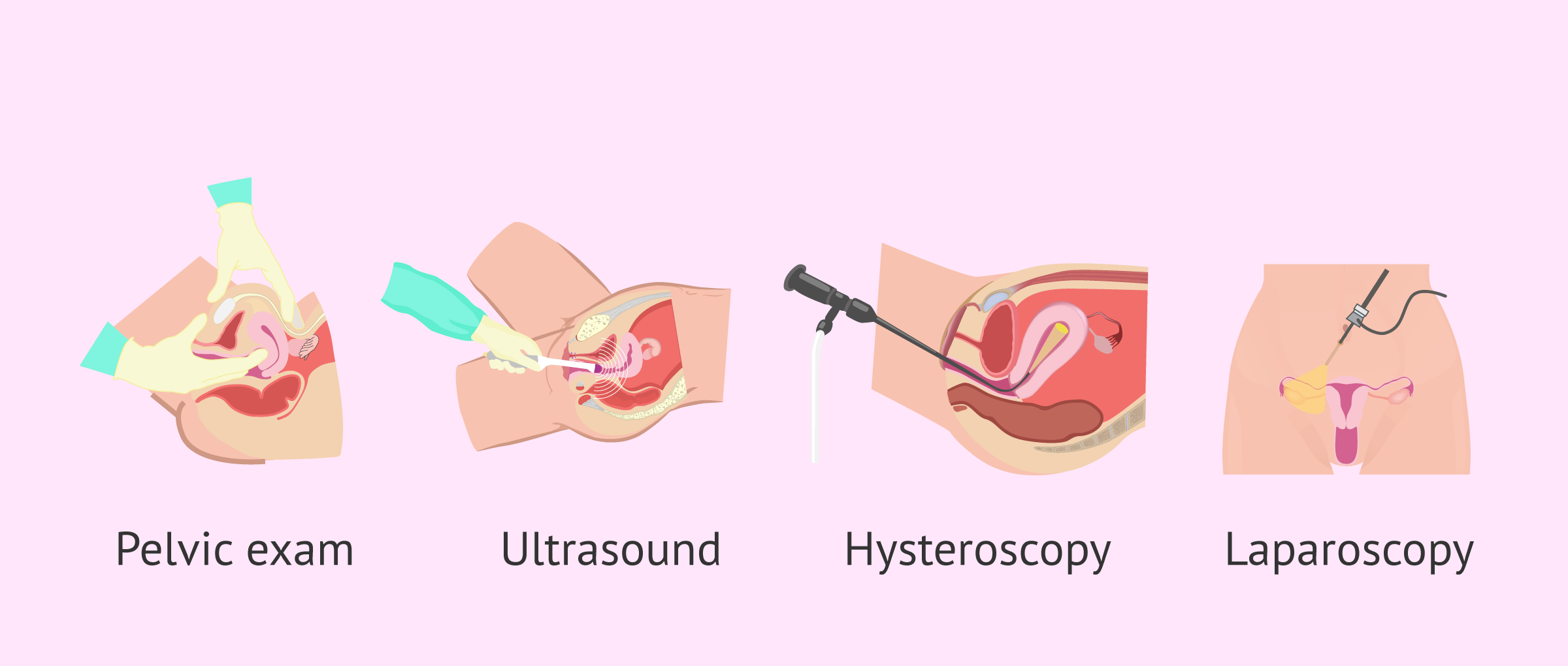Most of the fibroids that do not cause symptoms are detected at routine gynecological checkups, through pelvic exams and ultrasounds. They can also be diagnosed by means of a hysteroscopy, which consists of introducing a camera through the cervix to visualise the inside of the cavity.
Another method that allows this is laparoscopy, which is a more invasive technique that consists of making small holes in the abdomen to introduce a camera and visualize the inside of it.
Both hysteroscopy and laparoscopy can also be used to perform a myomectomy (removal of the fibroids) if necessary.
Read the full article on: What Are Uterine Fibroids? – Causes, Symptoms & Treatment ( 73).
By Carmen Ochoa Marieta M.D., Ph.D., M.Sc. (gynecologist), inviTRA Staff, Marta Barranquero Gómez B.Sc., M.Sc. (embryologist), Rebeca Reus BSc, MSc (embryologist) and Romina Packan (invitra staff).
Last Update: 01/16/2020
